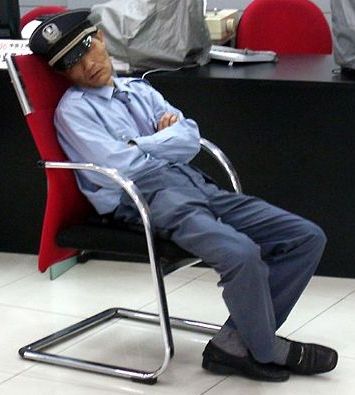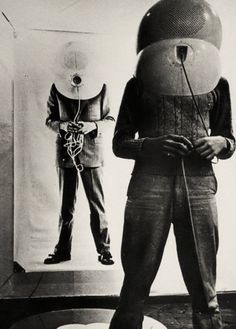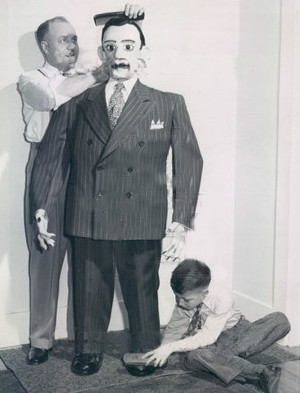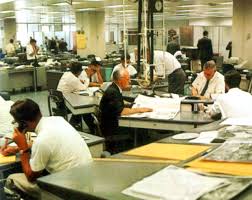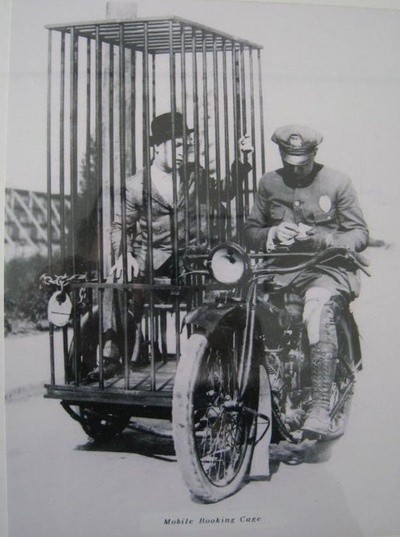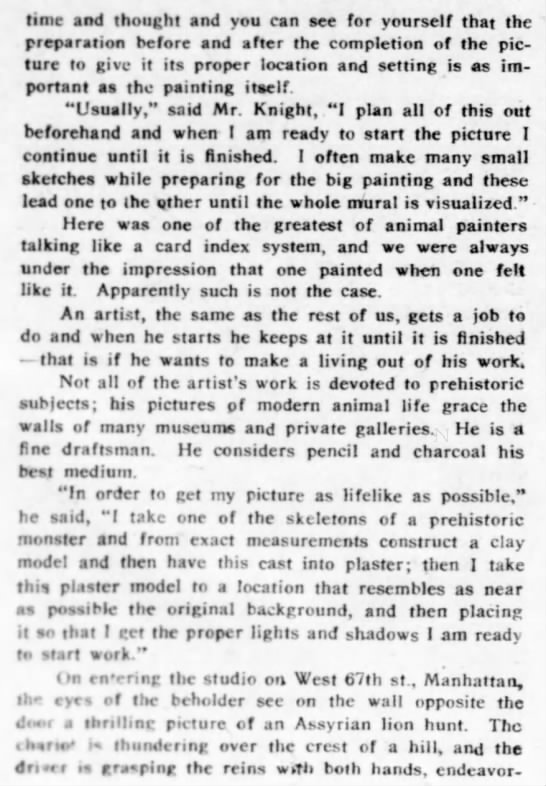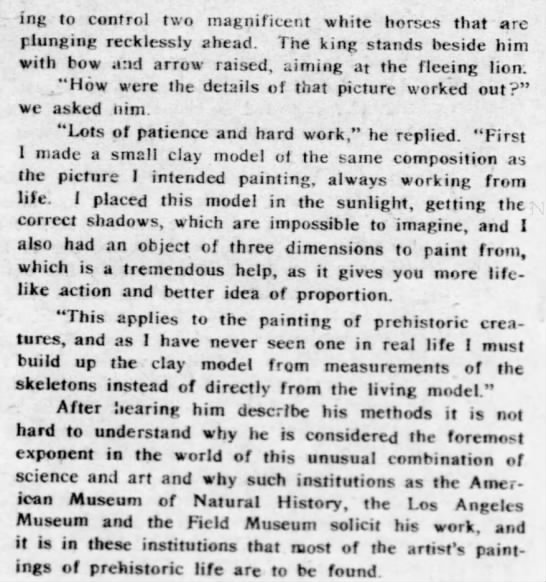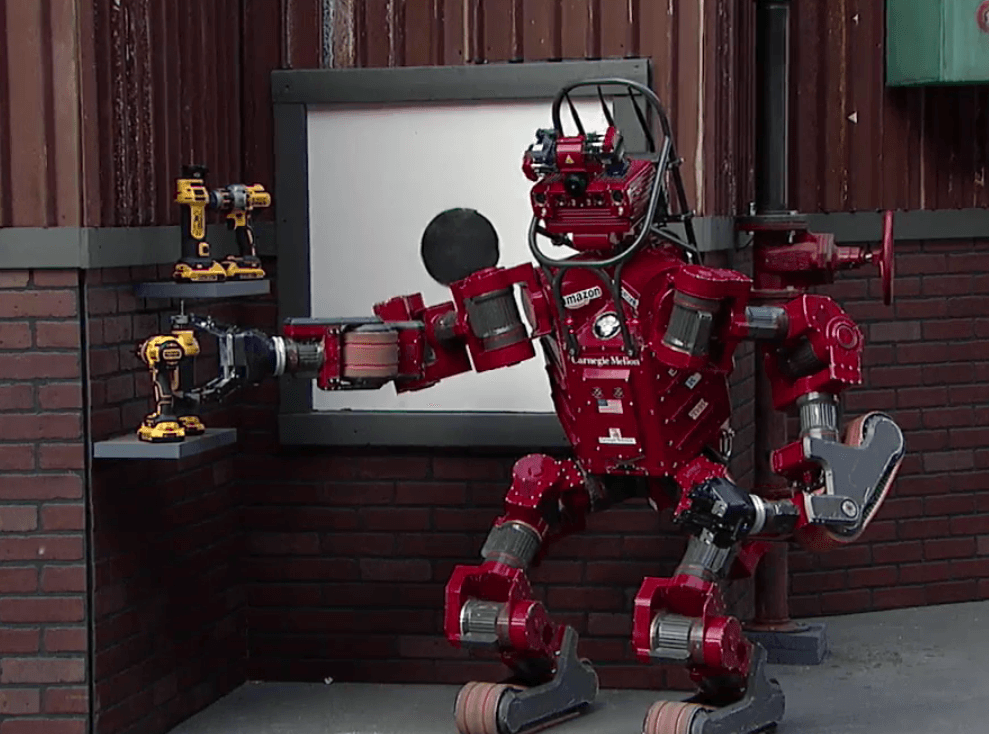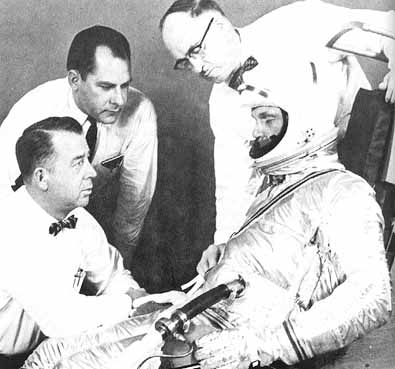It seems that drivers may surrender the wheel, but will they concede ownership as well? “We don’t think people will give up their own cars,” asserts Mercedes-Benz futurist Eric Larsen in a New York Times Q&A with Quentin Hardy. That isn’t nearly the most disputed thing he said during the interview.
When asked about electric vehicles, Larsen says that internal-combustion model “isn’t broken for most people,” since fracking has kept gas prices low and refueling with gasoline requires of the owner only five minutes weekly. I suppose in a lower-case sense, the model isn’t broken, but in the much bigger one, the one in which we’re putting ourselves in a very precarious position environmentally, the model seems hopelessly broken for everyone.
An excerpt about changes to the automobile interior, which touches on another thorny issue–privacy:
Question:
What has changed inside the car itself?
Eric Larsen:
Screens have become more important. Will a driver’s screen get lots of upgrades like a phone app? If you have a five-year-old car now, people know it by looking at the sound system and the screen. Leased vehicles may be refurbished more often, as dealers look to make them seem newer. Cars may become more modular that way, and there won’t be model years in American cars the way there were.
There is more awareness in the controls. You can’t input long addresses into a navigational system while you’re driving. When a car knows it is at rest, it may allow you to put the seat back further, letting you work, sleep or watch TV from the driver’s seat.
But there’s also a tightrope of personalization and privacy. Companies can know how fast you drive, how tight you corner. We’ve already seen start-ups that tell how fast you’re driving and how you are braking by using the sensors in your phone. It can be a capability in the car itself. As you get into “pay as you drive” car businesses, that will become an issue. There are legal points that have to be worked out.•











